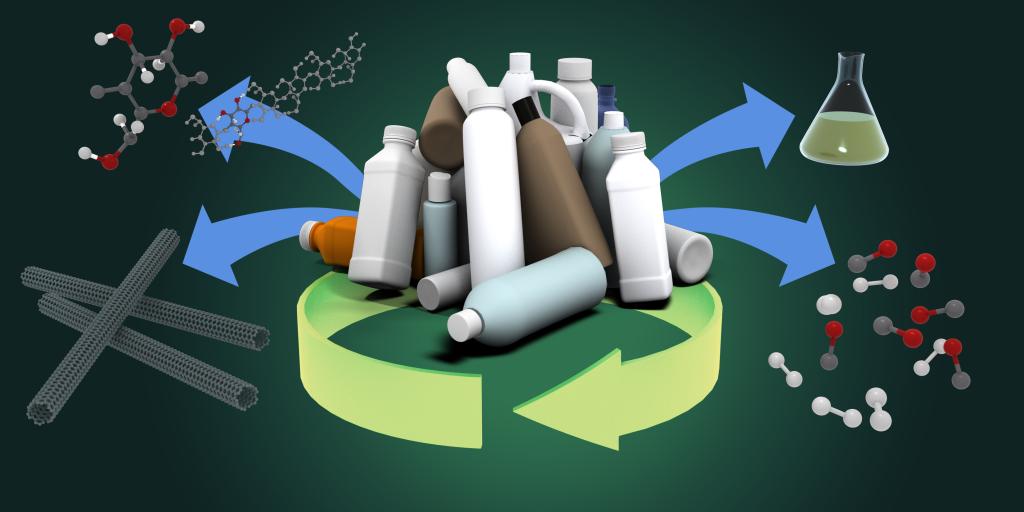
Oak Ridge National Laboratory researchers determined that designing polymers specifically with upcycling in mind could reduce future plastic waste considerably and facilitate a circular economy where the material is used repeatedly.
Polymers, found in single-use plastic applications, contribute to landfill waste. One way to eliminate their disposal is through upcycling, which transforms plastics into high-value products. Conversion processes like pyrolysis and gasification make reuse possible. However, this can be costly because of the challenges associated with a plastic’s composition, processing history and reaction temperature.
In a study, researchers concluded that while continuing to develop plastic recycling technologies remains critical for reuse, designing virgin polymers simplifies the upcycling process in the long term.
“Substances that stabilize polymers could be developed to minimize or even eliminate the need for presorting plastic mixtures,” ORNL’s Xianhui Zhao said. “This would allow for more widespread conversion at a much lower cost.”







